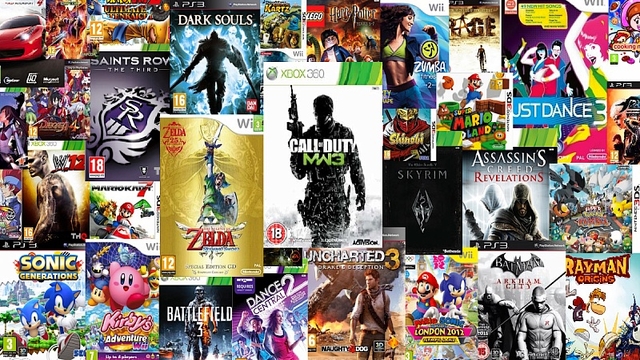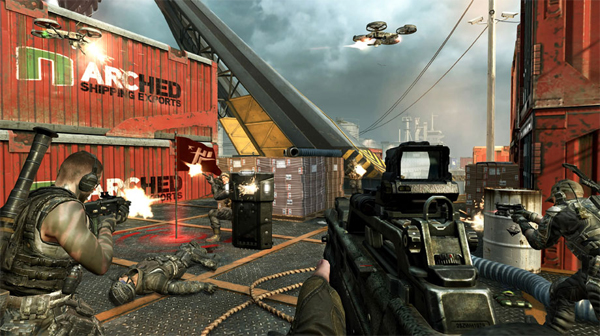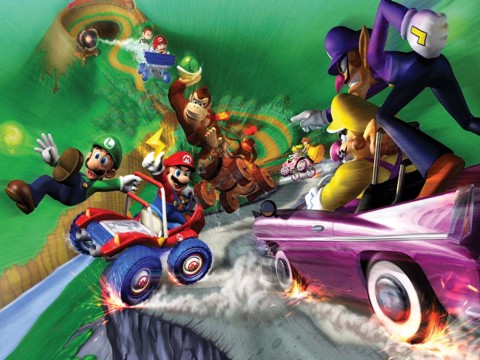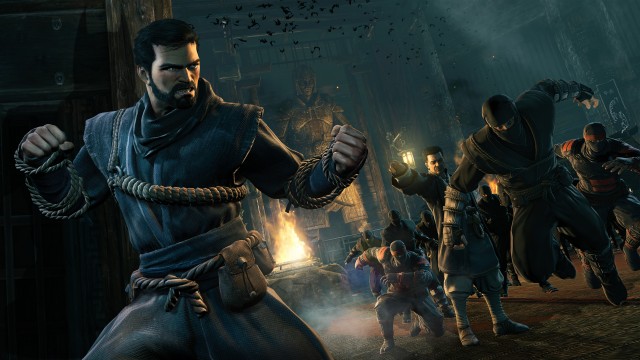Last week, Nintendojo revisited the NES, with a number of staff members reliving their best memories from it. One game which kept getting mentioned was Super Mario Bros. 3, and for good reason– it built on the solid formula established in Super Mario Bros. and added brand new power-ups, enemies, a wider variety of levels, and even rather nifty world maps. Alongside this, it tightened up the general mechanics and controls found in the first game and made it that much more satisfying to play. Indeed, Nintendo has built a reputation for strong franchises and quality sequels which are more than simple rehashes, with titles like Mario, The Legend of Zelda: A Link to the Past, and Super Metroid great examples of this.
But even Nintendo has demonstrated a lack of innovation in certain games in recent years, though. In a world dominated by much loved franchises, this is something which a number of modern developers have been routinely criticised for. Where once, it was predominantly the sports genre that saw annual updates, it has become increasingly common each year for E3 to be flooded with announcements of the latest iterations of established characters and worlds. That’s not to say that annual updates can’t make for great sequels, but it is something which has arguably stifled creativity from many major developers in the last couple of years.
One of the most common design principles that developers follow in creating annual sequels, it seems, is in following an established framework which has proven successful (which to an extent makes sense after all). Call of Duty is the obvious culprit here, with sequels to Call of Duty 4: Modern Warfare largely updating and refining its hugely popular gameplay in order to repeat that success. Publishers are often shown to be unwilling to deviate from a formula which will, in the short term, be commercially profitable. But while Call of Duty has gotten bigger and bigger (reaching Michael Bay levels of explosions), it remains, to some extent, routinely criticised each year for failing to innovate .
Another series which has also increasingly turned to flashy shootouts and explosions is Capcom’s Resident Evil. This recent action orientated nature of the main series, itself an attempt to gain mainstream success, however, increasingly alienated fans of its survival-horror roots. Yet, the attempted solution to this in Resident Evil 6– which featured several campaigns with different themes and tones– only served to show the dangers of trying to maintain this approach, while also catering to fan demand.
In fact, attempts to just give fans more of what they want, often seems to be one of the key factors holding back great sequels. After all, had you have asked people what they would have wanted from a new shooter in 2007, they would most likely just have asked for a better version of COD 4. Nintendo is one developer which often bucks this trend, and is well known for producing games that (although using established characters) are radically different than what people were expecting– even if the New Super Mario Bros. series hasn’t evolved quite enough for my liking.
Despite fans called for a more realistic Zelda, for example, The Legend of Zelda: The Wind Waker, went onto become a fan favourite and has since spawned a new “toon” style for the series. In fact, who could have predicted, before Metroid Prime, that Nintendo’s shift of the series to a first-person perspective would be so successful? Even with the Mario Kart series, a series less prone to innovation, Nintendo hasn’t been afraid to try new things– despite not revisiting again the two person kart idea from Mario Kart: Double Dash!!
But then, Nintendo’s own series’ are often released many years apart, usually with only one game in any one franchise on any given system. Annual releases, on the other hand, are not only prone to causing fatigue for that series, but also prevent any radical improvements from being made to the formula itself. Assassin’s Creed, a series I’m particularly fond of, saw a huge leap in quality between the original and Assassin’s Creed II, but its subsequent sequels mostly treaded familiar territory. Certainly, they added new features, but the games only began to feel substantially different in Assassin’s Creed III, and even more so in Black Flag, with the full introduction of the open seas… and of course pirates. The relatively minor additions in the later Ezio games exemplify the “more of the same” philosophy which is seen in so many sequels, and which contributes to their distinctly familiar nature.
An increasingly common trend used in recent years in order to avoid this, and allow for continuous annual instalments, is the appointment of extra development teams, seen most obviously with Call of Duty, but also recently with the Batman: Arkham series. While Batman: Arkham Origins was still great fun in its own right, as we noted in our review, it didn’t quite match the level of innovation shown in its predecessors– something reflected in both fan excitement for the game, as well as sales figures, with its first week on sale in the UK selling only half the number of copies managed by Batman: Arkham City. A similar situation occurred with Bioshock 2, where the lukewarm reception contrasted hugely with the Irrational Games developed Bioshock Infinite, which received near universal praise. The relegation of certain titles to an almost filler status, is shown even more noticeably in the recent announcement of Borderlands: The Pre-Sequel!, with the title itself commenting on this.
While the strict level of control that Nintendo exercises over its franchises often prevents this feeling of déjà vu from applying to it, games like Nintendogs + Cats and New Super Mario Bros. 2 show that even it can be prone to releasing sequels without any significant alterations. The Mario Party series, for example, has become notorious for showing a lack of development between entries. New hardware often helps to shift this tendency though, and already seems to be– certainly on Microsoft and Sony’s new consoles, but also for Nintendo itself as well. The greater power of Wii U over Wii, for example, is part of the reason behind my own excitement for Mario Kart 8 and Super Smash Bros., as it allows for so much more to be accomplished.
But when looking at the sheer popularity of certain game series’, there are often substantial differences between commercial success and critical success. The increasing tendency of publishers to release games annually doesn’t always reflect badly in sales, but it’s interesting that those games which often generate the most buzz, are those which have had the luxury of a few extra years of development time.
The best sequels remain those, like Super Mario Bros. 3, which are instantly recognisable as belonging to that series, but develop the gameplay shown in their predecessors and add in a touch of the unexpected alongside it. There’s a good chance that I may be wrong though– especially if you were to base it on the sales figures of certain popular FPS games which, after all, tell a very different story.




 ShareThis
ShareThis










